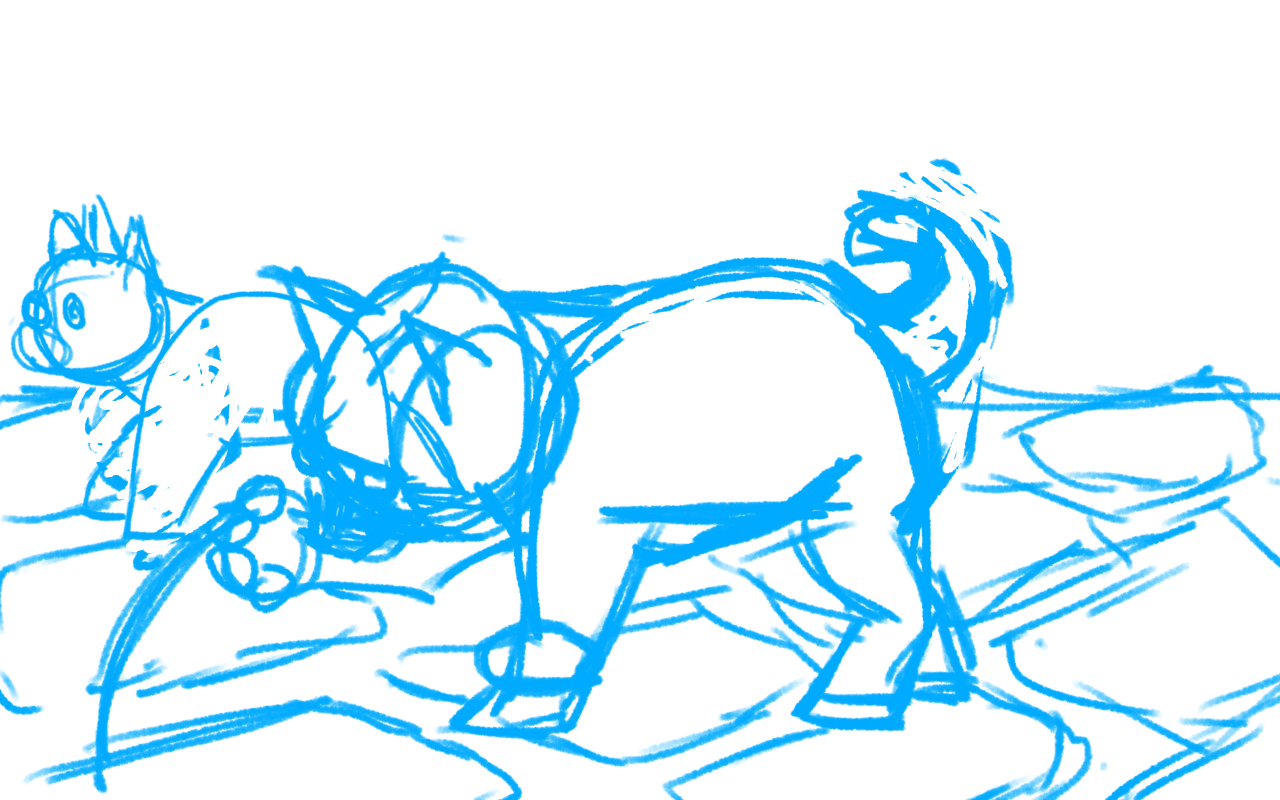-
I suppose with an iPad Pro 11 inch, and Apple Pencil 2 I can myself a “pro” now. At least I have added to Apple’s bottom line. They needed my contribution, surely. 🤣
👾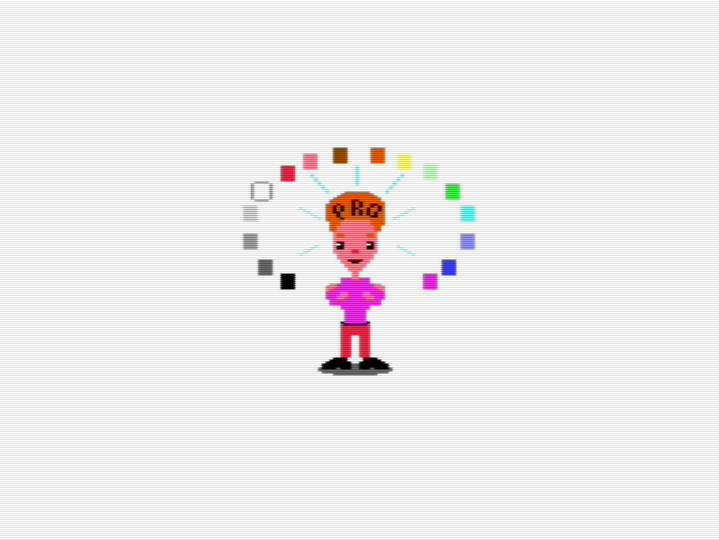
-
If note-taking is transcribing someone else’s words, and note-making is transcribing your own words, isn’t the fact that you have two hemispheres to your brain imply that note-making is actually note-taking the words from the other side of you? Also, where does the internal conversation come from?
-
Maybe the last time for a while I drew with Multipaint from scratch, full of errors and slowness. Tomorrow I’ll go buy my replacement iPad.
👾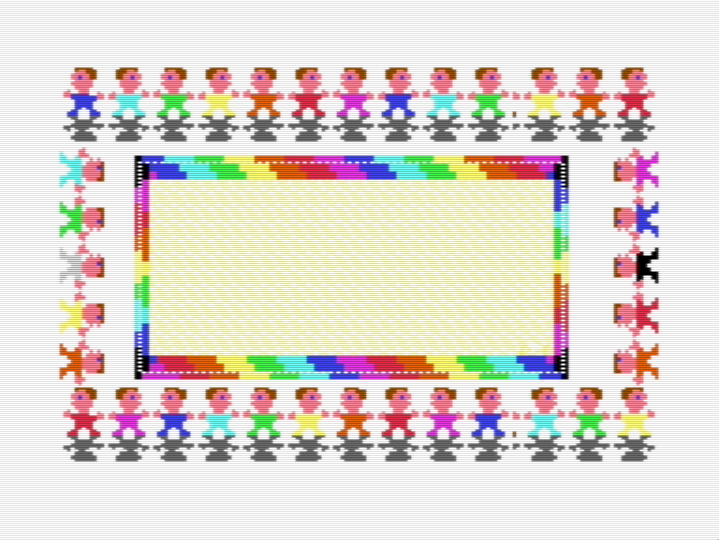
-
When my sister visited my house a while ago, she commented that my walls were, well, rather barren. She expected at least some of my art to hang there. Since most of my art nowadays is pixel art, maybe I should consider it, preferably something that doesn’t draw power, like beads on a board?
💡🧠⛈
🔜📦🚚🛍️ -
Currently reading: A Theory of Fun for Game Design by Raph Koster 📚
As a wannabe retro-game developer, I should at least have some idea what it’s all about. I expect great things to come from it, great things…

-
Doing all this drawing by mouse, cramping up my wrist, made me realize how dependent I am on an iPad with stylus. I realize a regular iPad is inadequate for my needs. Then a 256 GB M1 iPad Air is only €100 less than a 128 GB M1 iPad Pro. Only the Pro has Promotion⸺a must for artists.
😩 Decisions²
👾
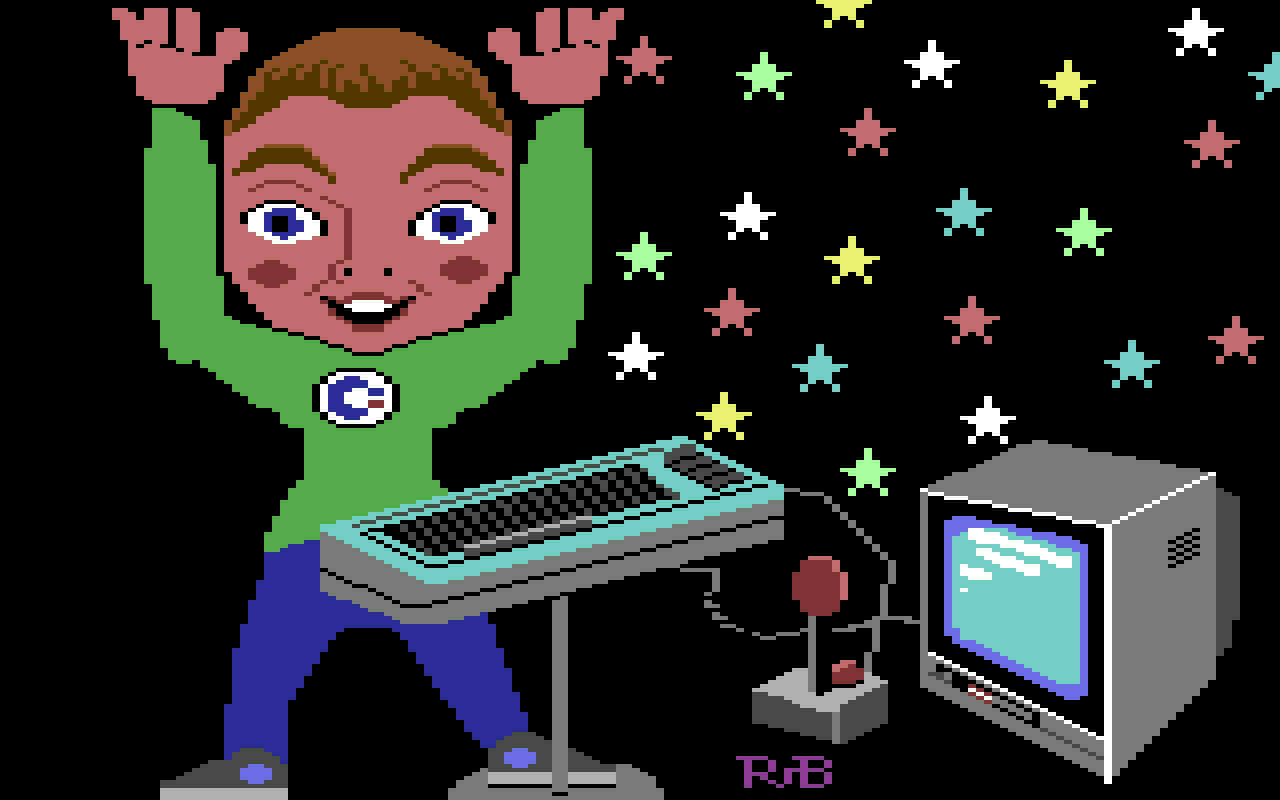
-
Work in progress. I’m working with a mouse in Multipaint on my RPi.
What is he so happy about? I know, and you may too, once I’m done pushing pixels and uploaded it to my blog.
👾
-
A “little” thing as a broken iPad won’t stop me from making art. I made this when the iPad was almost gone.
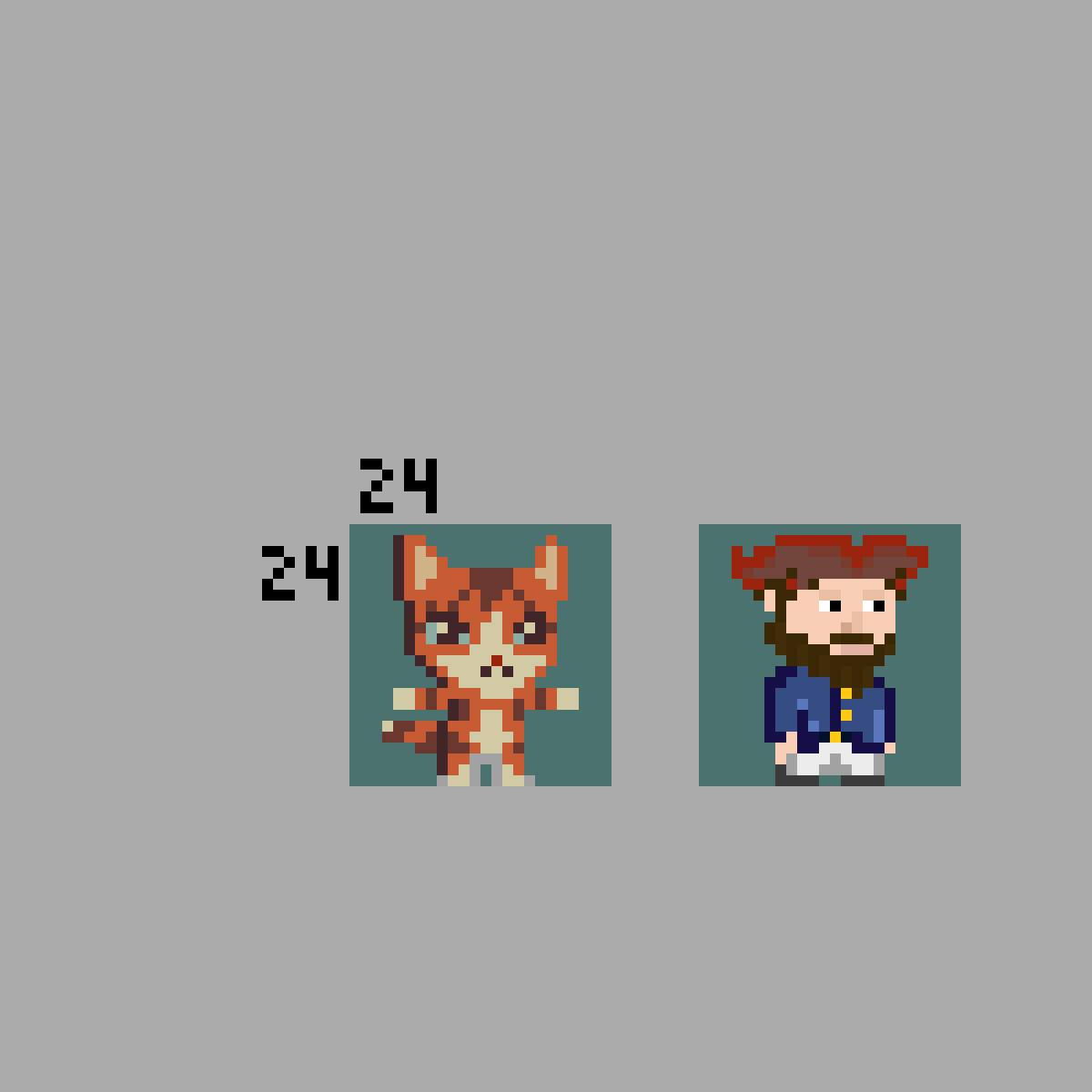
And the other piece I made with a PETSCII editor on my RPi, based on a piece I did earlier this month.
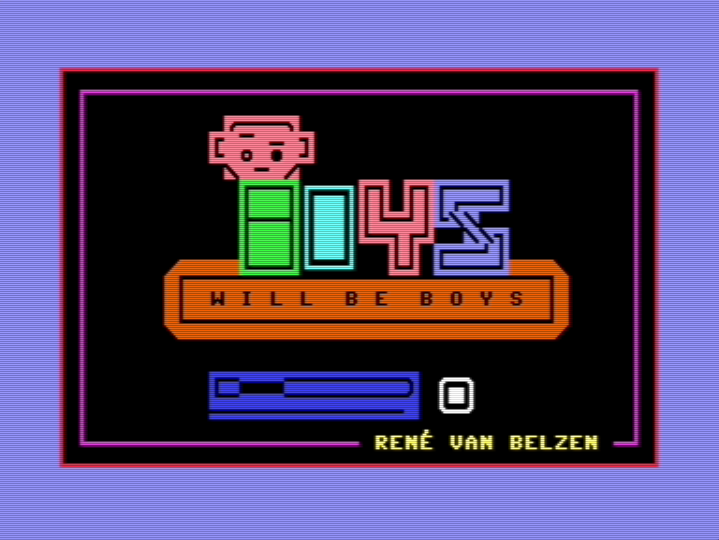
Not having a backup for my Raspberry Pi makes me a bit nervous, as it should
🎨🐱👨💻🕹️👾 -
And my iPad gave up the ghost for good, meaning it’s in a continuous reboot cycle. I suspect the battery is no longer able to run the OS. I guess I’ll have to buy a new one next week, since I don’t want to replace the battery. The device no longer suited my needs anyway.
-
Analyzing @hutaffe’s (free) avatar from Make A pirate was a bit convoluted on my part…
Anyway, 100 by 100 pixel art, scaled up 8 times, with 53 unique colors, in isometric perspective, so typical for 2D games nowadays.
There’s a story here, stereotypical even, though better than I can ATM. 💡👾


-
This was taxing my iPad. Youtube in Safari with adblocker as picture in picture on top of a drawing app. The strokes had to be placed tactically to allow for overall sluggishness. Also, very distractive drawing and watching a video.
🎨👨💻📺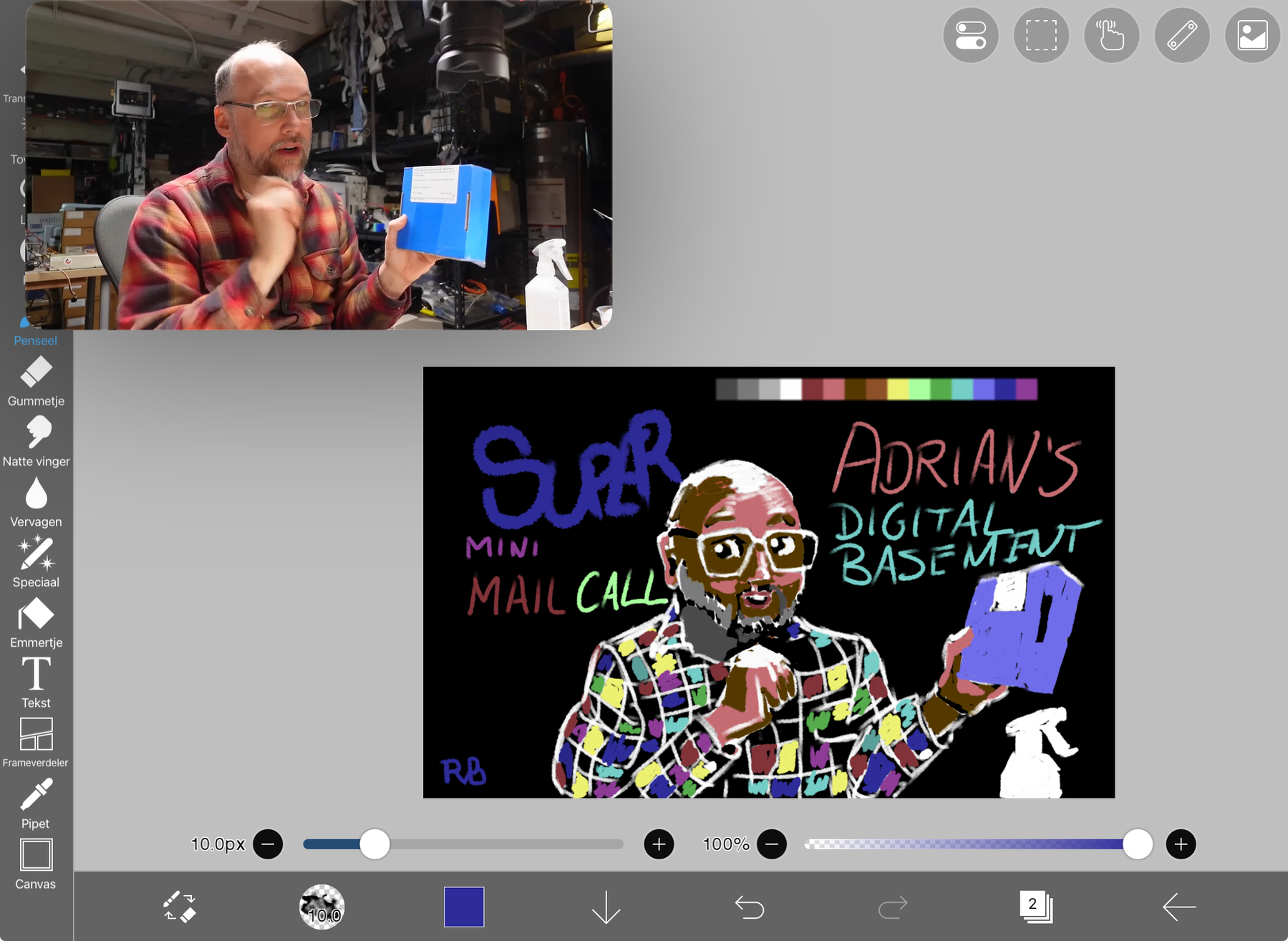
-
As Hanna-Barbera cartoons of the eighties have taught us, cats can without most clothes, except the most essential, like a hat or a cane.
🎨🐱👨💻🕹️👾
-
Sometimes limitation breeds creativity; usually frustration, though. The latter is often left out, rationalizing it as “part of the process.”
Drawn, but not copied 😇, from a photo. Six-color palette based on C64 colors. Drawn in ibisPaint X in roughly 5 hours, including a failed attempt.
🎨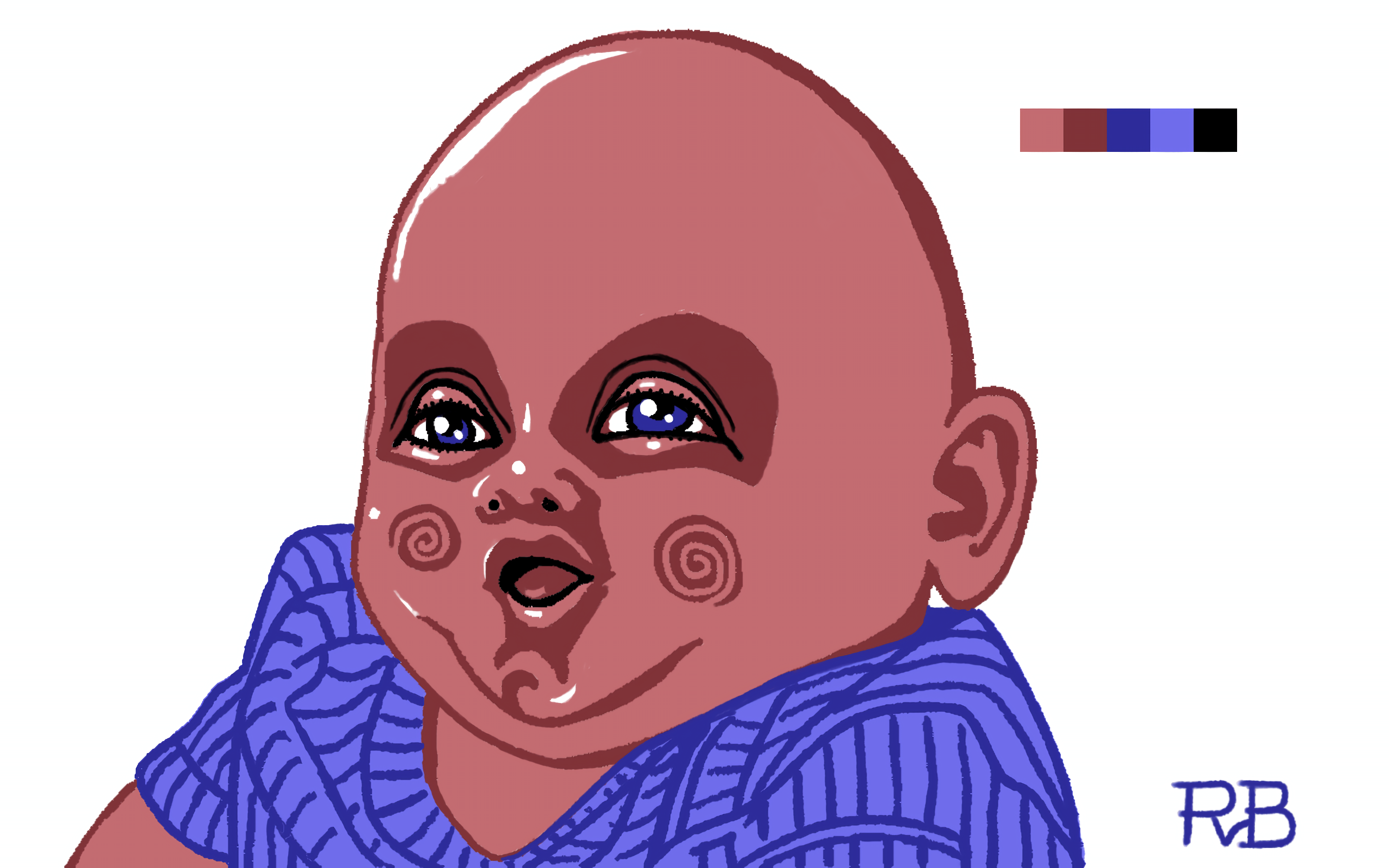
-
While sketching this kitten I wondered how I could do away with all those lines. So I tried to eliminate as much as I dared. I’m sure more could be removed still. However, now the result was pretty “bland.” I suppose color has to do the brunt of the work, and there is too little of that.
🎨🐱

-
I find it always such a surprise how a pixel art drawing I made subtly (or sometimes radically) changes to conform to the rigors of the C64 multicolor bitmap.
Other than that, I used some of the edging techniques (sharp, lost and soft edges). So there’s that too. Happy 😊 camper here!
🎨👽👨💻🕹️👾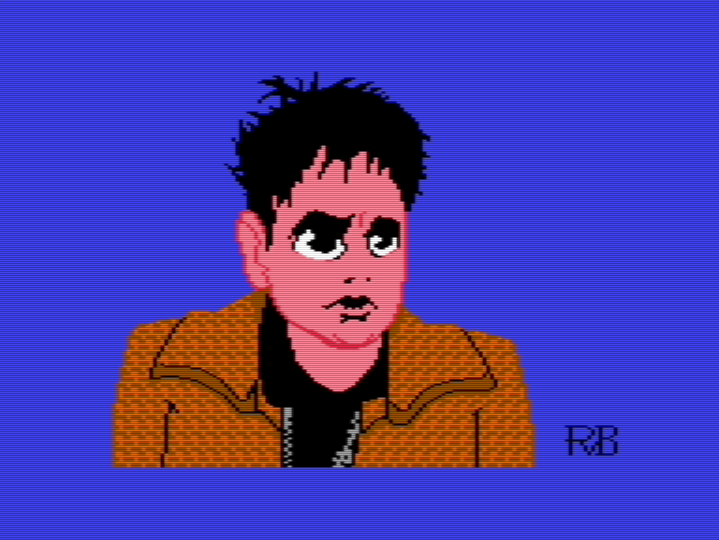
-
I was listening to a podcast about Blade Runner (1982), which inspired me to draw Rick Deckard, as played by Harrison Ford. Took me 1½ hours.
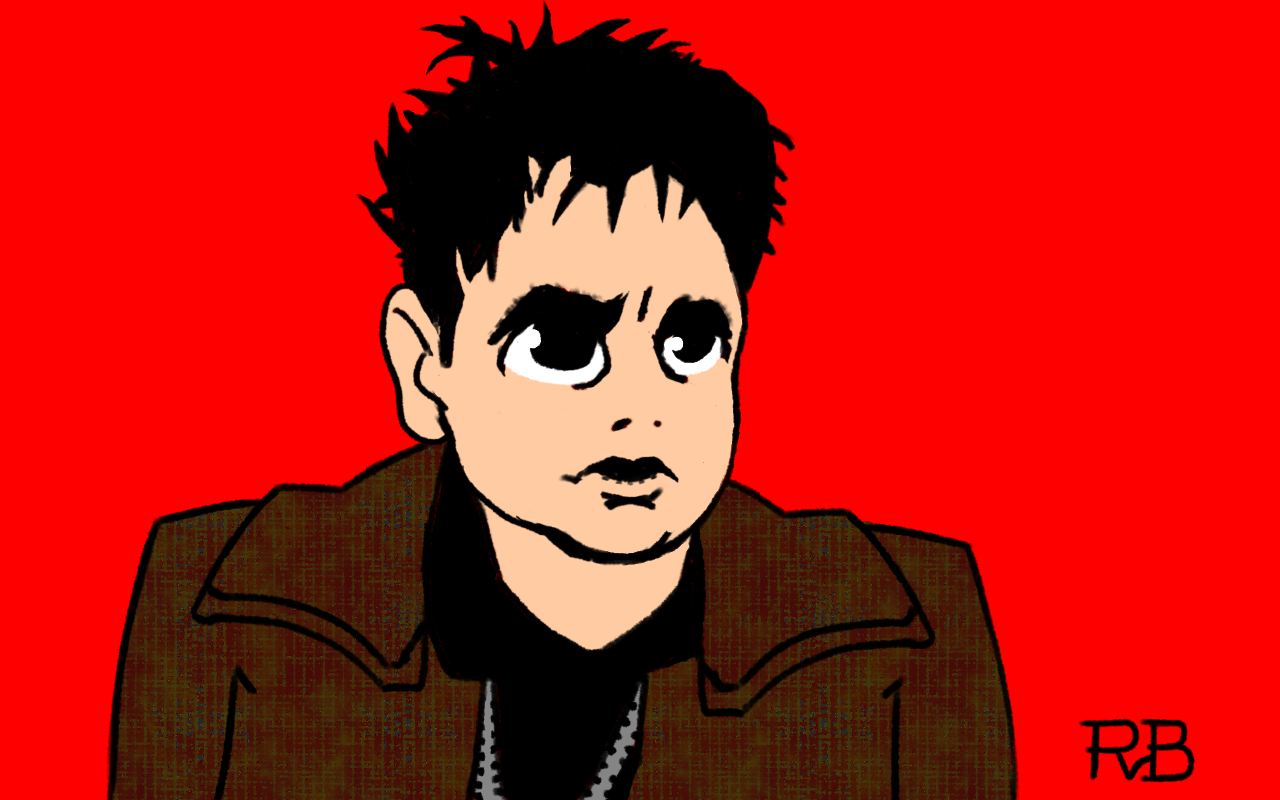
-
Searching on Flickr for Creative Commons photos of kittens I found this cute black and white one. I used it as reference for my C64 hi-res bitmap pixel art drawing.
Sometimes less color is better. Especially if the one depicted is staring into your soul.
🎨👨💻👾🕹️🐱😈
-
I didn’t get to experiment with edges. Still, I drew something I love, so that’s good.
Maybe advice from an oil painter doesn’t translate all that well to pixel art. Pixel art has more in common with decorative art (like embroidery) than with traditional art you can hang on a wall.
🎨🐱👨💻🕹️👾
-
Sometimes (read: often) I get distracted by an interesting bit of art-making fundamentals, try to apply it, then get totally side-stepped by the intracies of drawing from a cute photo, forgetting what I wanted to try out in the first place. The creative process never seems to go in a straight line.
🎨